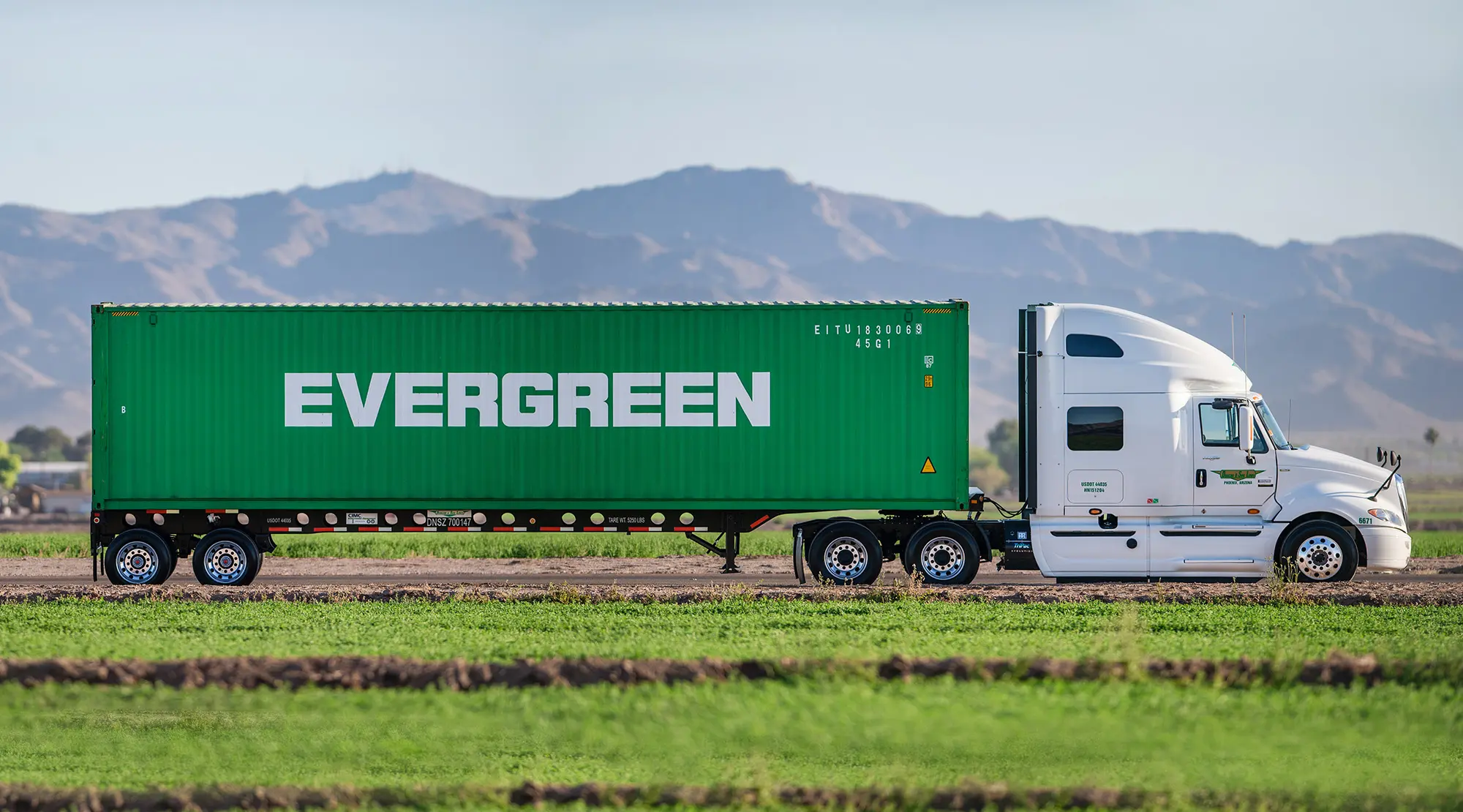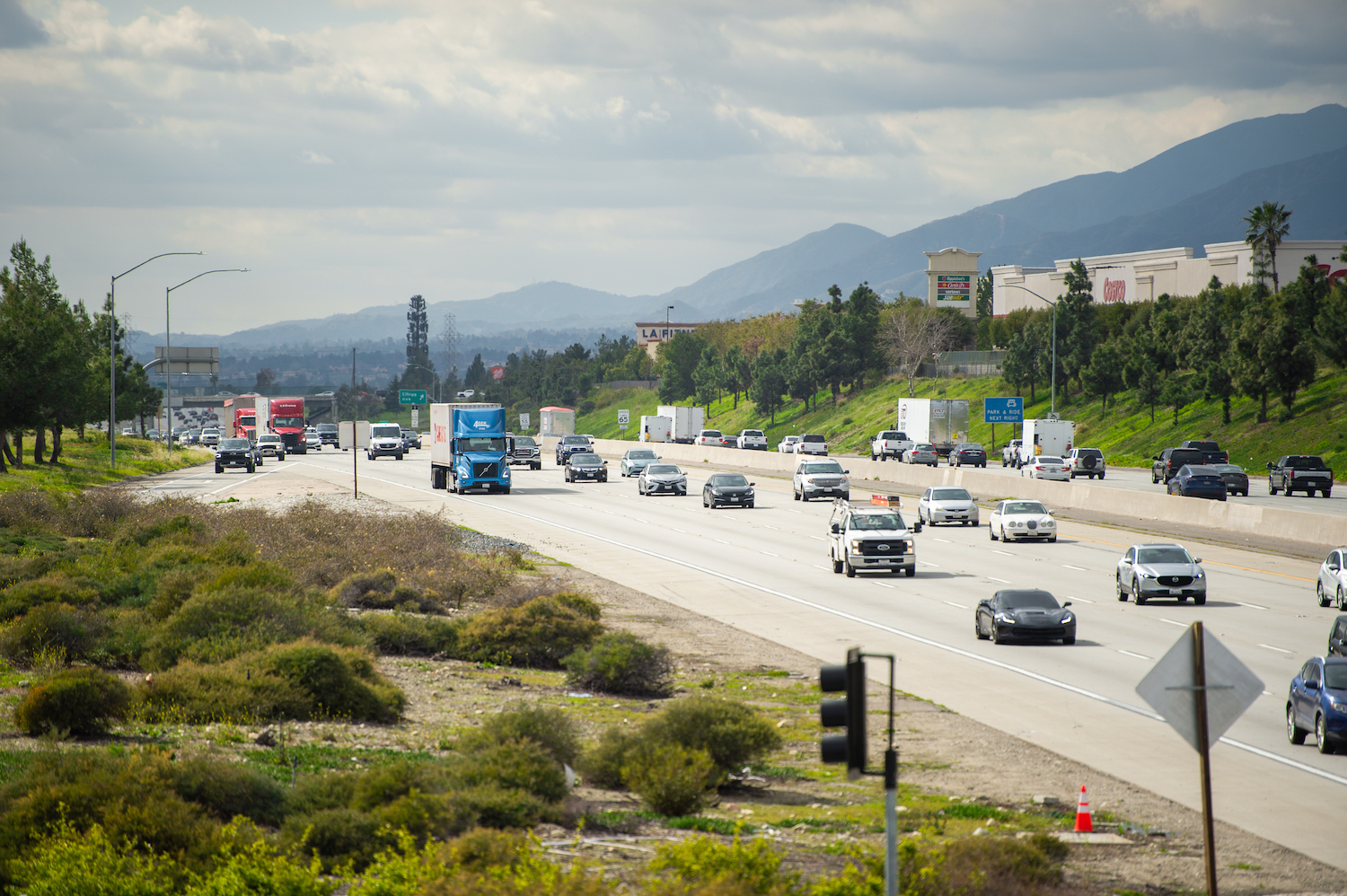
Sustainability in Drayage Trucking: Reducing the Carbon Footprint
In the expansive industry of transportation, where goods travel across the globe to reach their destinations, the environmental impact of the trucking industry emerges as a compelling concern. In the face of this environmental challenge, adopting eco-friendly drayage strategies and innovative freight shipping solutions has the potential to create a positive impact on the environment. Sustainable drayage not only aligns with the global effort to combat climate change but also holds the key to creating a more environmentally responsible future.
In this blog post, we explore the importance of embracing sustainable practices within drayage services, multimodal transport, and their final destination. We discover inventive solutions and strategies to minimize environmental impact and reshape the way we approach drayage trucking operations.
The Environmental Challenges of Drayage Trucking
In the world of drayage trucking, the toll on the environment can be substantial, evident in the realms of air pollution, greenhouse gas emissions, and noise pollution. Drayage trucks, while crucial for transporting goods within container ships and the rail hub, come with environmental challenges. Let’s delve into the various ways these transport vehicles contribute to the environment:
1. Air Pollution, Greenhouse Gas Emissions, and Noise Pollution
Drayage trucks can have a potential impact on air pollution, emitting greenhouse gasses and contributing to noise pollution. The combination of these factors poses a threat to both the immediate environment and the communities surrounding these transportation hubs.
2. Factors Exacerbating Emissions
The intricacies of door to door drayage operations introduce factors that exacerbate emissions. Idling engines, a necessity for quick turnarounds, contribute significantly to increased emissions. Short distances and the stop-and-go nature of traffic further intensify the environmental impact. Understanding these contributing factors is crucial in developing effective strategies for minimizing emissions.
3. Potential Community Health Challenges
The repercussions of drayage truck emissions have the potential to impact the health of those who live near ocean ports and surrounding areas. Air pollution can lead to respiratory issues and other health problems. By understanding the health consequences, we highlight the urgency of addressing these environmental challenges for the well-being of affected communities.
Embracing Sustainable Solutions For Drayage Services
Vehicle Technology
In the quest for sustainable intermodal shipping, a pivotal shift in vehicle technology is imperative. Alternative fuel options are game-changers in sustainable vehicle technology. Electric trucks, hydrogen fuel cells, and hybrid engines offer distinct benefits in reducing emissions.
One notable example is 4Gen Logistics, which has incorporated electric semi trucks into their fleet, showcasing a commitment to reducing carbon emissions. This move is part of a larger trend where logistics companies are utilizing alternative fuels, optimizing route planning to reduce mileage, and employing energy-efficient technologies in warehouses and distribution centers.
Despite clear benefits, adopting alternative fuels in drayage faces challenges. Infrastructure, like charging stations, poses hurdles, and cost factors—both initial investment and operational expenses—are significant. Yet, the potential for substantial environmental impact reduction and long-term cost savings creates a compelling opportunity for the industry.
Operational Efficiency
Route optimization software and telematics systems revolutionize the way we approach the supply chain process. These technologies reduce empty miles and enhance overall fuel efficiency, ensuring that every journey is streamlined and resource-efficient.
Collaborative logistics planning among shipping lines, terminals, and trucking companies helps in minimizing wait times and idling. This cooperative approach streamlines operations for the different types of drayage services.
Embracing intermodal transportation options like rail and short-sea shipping offers alternatives that alleviate the reliance on drayage trucks. By diversifying intermodal transport methods, we contribute to a more sustainable supply chain, marking a significant stride towards environmentally conscious drayage practices.
Investing in Renewable Energy
The integration of renewable energy sources has great potential in reshaping the environmental landscape of drayage trucking operations. On-site solar or wind power generation stands out as a promising avenue, offering a dual benefit. Not only can it efficiently charge electric drayage trucks, but it also has the capacity to sustainably power terminal operations.
Additionally, using renewable energy for truck stops and promoting biodiesel blends reduces the carbon footprint of traditional fuel. Both of these investments place the drayage sector at the forefront of environmentally responsible practices, fostering a more sustainable future.

Sustainability In Action
Government Policies and Incentives
Driving change often begins with policy. Stricter emission regulations and carbon pricing mechanisms play a pivotal role in steering the container drayage industry towards cleaner technologies. These policies create a framework where environmentally friendly options become not just beneficial but necessary.
Here are some examples of existing programs and initiatives that have historically supported the adoption of sustainable drayage solutions include:
Diesel Emissions Reduction Act (DERA) Grants: DERA Grants, under the Diesel Emissions Reduction Act, provide funding to states and territories for projects aimed at decreasing diesel emissions from vehicles like trucks and buses. These grants support initiatives such as the acquisition of electric drayage trucks and the development of associated charging infrastructure.
Low-No Emissions Vehicle (LNVE) Deployment Challenge: Administered by the Department of Energy, the LNVE Deployment Challenge extends financial incentives to states and local governments. The program encourages the deployment of both light-duty and heavy-duty electric vehicles, encompassing port drayage trucks as part of the initiative.
Volkswagen Environmental Mitigation Trust (VPMT): Established in the aftermath of the Volkswagen emissions scandal settlement, the VPMT allocates funds to various projects dedicated to reducing air pollution. Among these projects is the electrification of pier drayage fleets, contributing to cleaner and more sustainable transportation practices.
Industry Collaboration and Innovation
Collaboration is key to innovation. Partnerships between trucking companies, intermodal terminals, technology providers, and energy companies accelerate the development of sustainable infrastructure. By combining expertise, resources, and a shared commitment to environmental responsibility, these collaborations pave the way for groundbreaking innovations.
Consumer Awareness and Demand
Consumers, both businesses and individuals, have significant influence over the environmental impact of shipping choices. The mode of transportation, shipping containers, packaging materials, and delivery options chosen influence factors such as fuel consumption, emissions, and overall carbon footprint.
Supporting companies prioritizing sustainability in drayage operations aligns consumer awareness with environmental goals by actively contributing to the reduction of carbon emissions and fostering eco-friendly practices in the container shipping industry.
This support encourages a shift towards more responsible and sustainable supply chain practices, promoting a greener and environmentally conscious future. By choosing to support eco-friendly practices, consumers become active contributors to the journey towards a greener future in the drayage logistics industry.
Final Thoughts
In this post, we’ve shared the potential environmental challenges of intermodal drayage trucking, emphasizing the contributions to air pollution, greenhouse gas emissions, and noise pollution. Our road to a greener future involves not just technological advancements but also policy changes, industry collaboration, and heightened consumer awareness. Government policies and incentives, coupled with collaboration between industry players, can accelerate the transition towards sustainability. Meanwhile, informed consumer choices can drive demand for eco-friendly practices.
We have the opportunity to be the change by paving a way for a cleaner and more sustainable future for the drayage industry. The strategies explored here, when embraced collectively, can pave the way for an industry that not only meets its logistical demands but does so with a reduced environmental footprint.
Together, through collective efforts and a shared commitment to a greener future, we can drive positive change and shape a drayage industry that thrives sustainably. The road ahead is challenging, but the destination—a cleaner and more sustainable future—is undoubtedly worth the journey.
Categories
- Drayage



